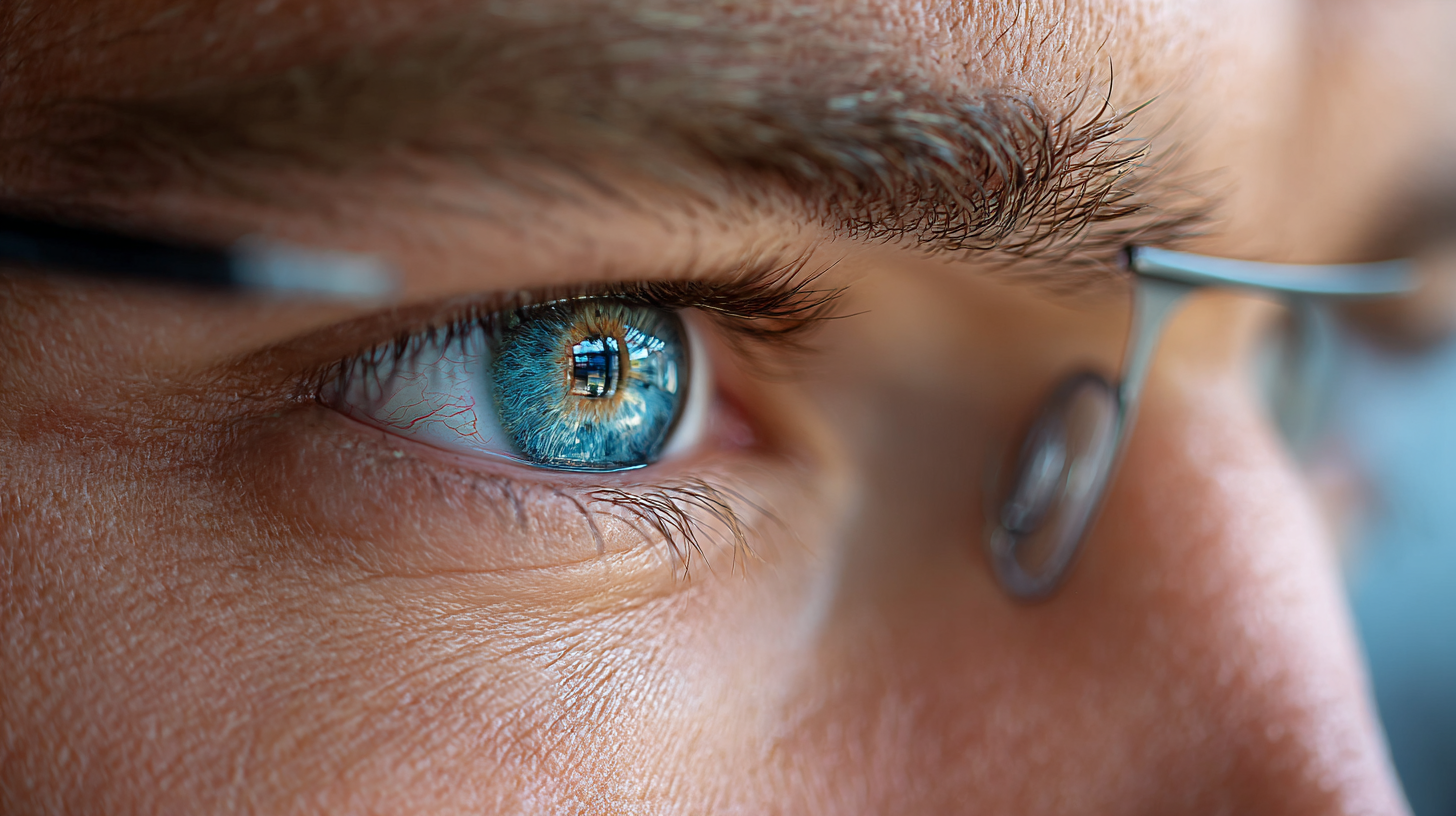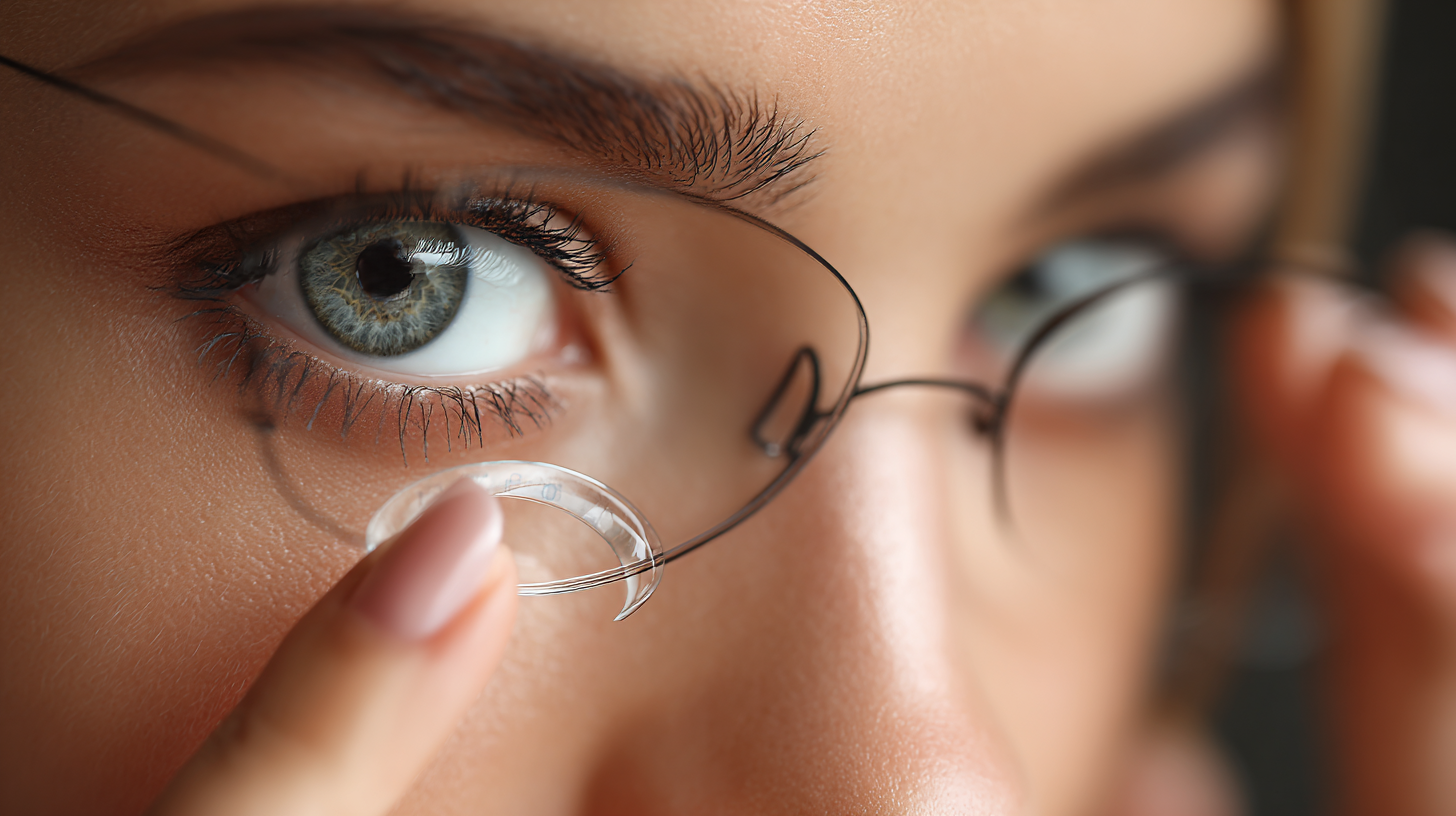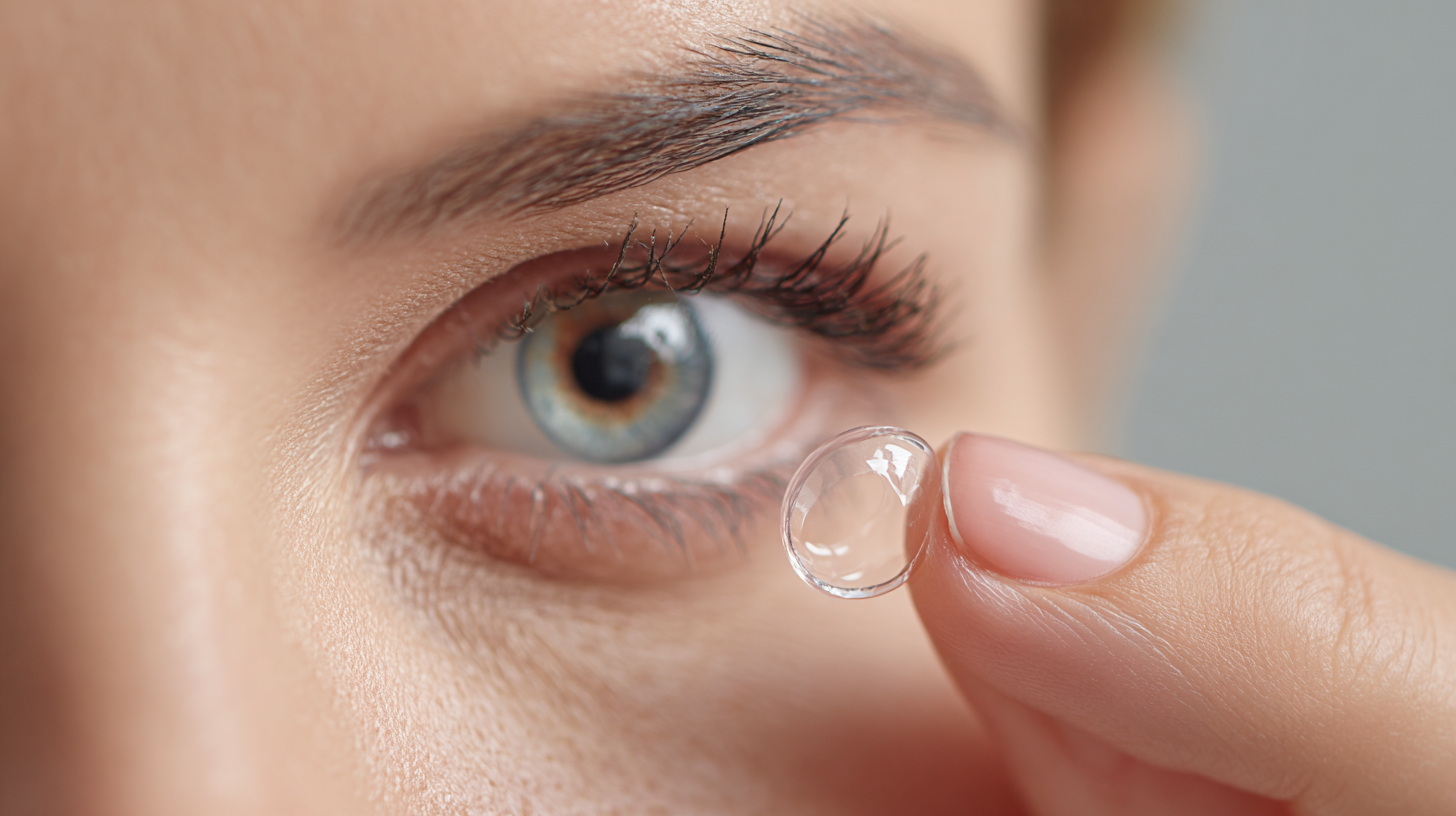As the global prevalence of myopia continues to rise, with projections indicating that nearly 50% of the world's population could be affected by 2050, the need for effective solutions has become more critical than ever. Myopia Control Lenses have emerged as a promising intervention to mitigate this escalating public health concern. According to a report by the World Health Organization, the number of myopic individuals has doubled over the past two decades, highlighting the urgency to explore innovative approaches in vision care. These lenses, designed to slow the progression of myopia, not only enhance visual acuity but also offer significant preventive benefits, making them an essential tool in the fight against this eye condition. With advancements in technology and a deeper understanding of myopia's mechanisms, Myopia Control Lenses are poised to play a pivotal role in safeguarding vision health in the years to come.

Myopia, or nearsightedness, has emerged as a significant public health concern, with alarming statistics illustrating its growing prevalence. Recent studies indicate that nearly 30% of the global population is affected by myopia, a figure projected to rise to 50% by 2050. This surge is particularly noticeable among children and adolescents, largely driven by increased screen time and reduced outdoor activities. Understanding these statistics is crucial for parents and educators alike, as they highlight the urgent need for effective myopia control strategies.
To combat the rise of myopia, one of the most effective tips is to encourage regular outdoor play. Research shows that spending time outdoors can help slow the progression of myopia in children. Additionally, incorporating breaks during prolonged screen use is vital; the 20-20-20 rule suggests that for every 20 minutes spent looking at a screen, individuals should take a 20-second break to look at something 20 feet away. Furthermore, consulting with an eye care professional about the best myopia control lenses can significantly impact vision health, providing children with the tools necessary to maintain good eyesight.
The chart above illustrates the increasing prevalence of myopia globally over the years, highlighting a significant uptick in the last decade. As myopia cases rise, the need for effective control lenses becomes paramount for promoting vision health.
Myopia, or nearsightedness, is becoming increasingly prevalent in both
children and adults, prompting a need for
effective management strategies. Myopia control lenses are specifically designed to slow the progression of this condition by utilizing advanced optical technologies.
These lenses can create a dual visual experience: enhancing clarity for distance vision while encouraging proper eye growth. The science behind their effectiveness lies in
manipulating light distribution, which reduces stress on the eye and can significantly impact the elongation of the eyeball, a primary factor in myopia development.
When considering myopia control lenses, here are a few tips to ensure you choose the right option:
First, consult an eye care professional who specializes in myopia management. They can assess the severity of your condition and recommend the best type of lenses tailored to your needs.
Second, ensure you wear these lenses consistently, as regular use is crucial for their effectiveness. Lastly, engage in outdoor activities; studies suggest that spending more time outdoors can help reduce the risk of myopia progression, complementing the benefits of any corrective lenses.
In recent years, technological advancements have led to new options in myopia control lenses, including multi-focal designs and specially engineered materials.
These innovations are aimed not only at improving vision but also at enhancing comfort and lifestyle for users. Keeping abreast of these developments can empower you to make informed choices for your vision health.
 Myopia, or nearsightedness, has become increasingly common, especially among children and adolescents. As screen time rises and outdoor activities decline, the hunt for effective myopia control solutions becomes critical. Best myopia control lenses have emerged as a revolutionary option, proving to be a game changer in reducing myopia progression by up to 50%. These specially designed lenses work by altering the way light enters the eye, addressing the discomfort caused by conventional lenses and significantly slowing down the elongation of the eyeball, which is the primary cause of myopia.
Myopia, or nearsightedness, has become increasingly common, especially among children and adolescents. As screen time rises and outdoor activities decline, the hunt for effective myopia control solutions becomes critical. Best myopia control lenses have emerged as a revolutionary option, proving to be a game changer in reducing myopia progression by up to 50%. These specially designed lenses work by altering the way light enters the eye, addressing the discomfort caused by conventional lenses and significantly slowing down the elongation of the eyeball, which is the primary cause of myopia.
The effectiveness of these lenses lies in their ability to provide clear vision while simultaneously targeting the underlying factors that contribute to myopia. With personalized fitting and advanced technology, these lenses help maintain proper visual development in children and young adults, reducing the risk of severe myopia later in life. As parents and care providers increasingly seek proactive measures for their children’s eye health, understanding the benefits of best myopia control lenses becomes paramount for shaping a generation with better vision health outcomes.
In recent years, myopia, or nearsightedness, has reached epidemic proportions across the globe, especially among children and adolescents. According to a study published in the journal "Ophthalmology", the prevalence of myopia has increased significantly, with projections suggesting that by 2050, nearly half of the world's population may be affected. This alarming trend has spurred a surge in myopia control strategies, which aim not only to correct vision but also to slow the progression of this visual impairment.

A comparative analysis of various myopia control methods reveals significant differences in their efficacy. For instance, research from the "Journal of Pediatric Ophthalmology & Strabismus" indicates that orthokeratology (Ortho-K) lenses can reduce myopia progression by about 30-50%. Similarly, the use of atropine eye drops, particularly at lower concentrations, has been shown to slow myopia progression by approximately 50% in children, providing a valuable non-invasive option. Additional evidence points to the effectiveness of multifocal lenses, which have been associated with a 30% reduction in myopia progression when compared to single vision lenses, making them a compelling choice for parents concerned about their children's eye health.
These findings underscore the importance of incorporating evidence-based approaches to myopia management, as the long-term consequences of untreated myopia can lead to serious vision complications, including retinal detachment and glaucoma. As research continues to evolve, families should stay informed about the latest advancements in myopia control to make the best decisions for their visual health.
Myopia, commonly known as nearsightedness, has reached epidemic levels, affecting approximately 30% of the global population. According to the World Health Organization, this figure is projected to rise to over 50% by 2050 if preventative measures are not taken. Myopia control lenses, designed to slow the progression of this condition, are emerging as a significant intervention, transforming the lives of many individuals.
Real-life impacts of these lenses extend beyond mere vision correction. A recent study published in 'Ophthalmology' highlighted that children wearing myopia control lenses report improved visual comfort and a reduction in the incidence of eye strain during prolonged near tasks, such as reading or using electronic devices. Participants noted increased productivity at school and enhanced academic performance, reflecting a broader influence on their quality of life. Furthermore, these lenses can help lower the risk of developing severe eye conditions later in life, such as glaucoma and retinal detachment, providing a preventative approach that aligns with best practices in vision health.

